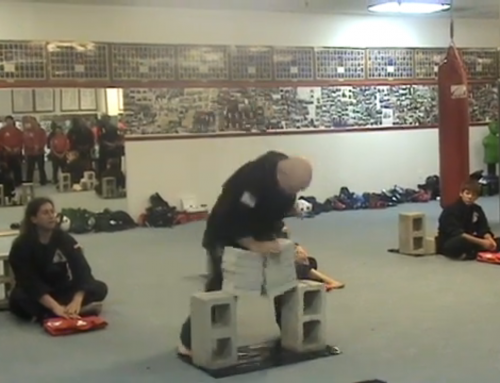Planning your business and team goals for the year is a lot like planning a strike mission against a well-defended target. You try to avoid the high concentration of surface-to-air missiles while keeping your route of flight as simple as possible to avoid confusion and mistakes. In business, we try to anticipate problems, those annoying missiles, while trying to get to our goals as efficiently as possible.
When flying a sortie, the Mission Commanders aren’t only responsible for making sure their aircraft delivers their ordinance to the target on time, they’re accountable to the entire team to make sure they deliver what is required, where it is needed, and when it is expected. The target in this analogy is the end of the year and the ordinance that needs to be delivered is the achievement of our goals. Just like Flight Leads leaders, we aren’t solely responsible for our own goals, we are also responsible for the personal development goals of each of our team members.
Although we can control how fast a jet flies, we don’t know what the winds will be and they can blow you off course. So, throughout the route of flight, Mission Commanders are using checkpoints to make sure they are still on time and on course. These are prominent landmarks, easily seen from a cockpit and your actual proximity to them and the time in which you reach them is compared to a pre-mission timeline. Knowing the difference allows you to make corrections for the winds. While you make corrections throughout the flight, the final turn point is your last chance to make a correction. A mistake here means you might not be on time or on target.
Final Course Correction
Hopefully, at the end of last year, you not only set business goals for this year but personal/professional growth goals for yourself and your team members. Of course, the team member goals would have been set by them with your guidance and input. Now is the time for your final course corrections.
I recommend that you spend some time and review where you are versus where you want to be. If you are on track, great! Take a moment to celebrate, then continue on course. If, on the other hand, you are behind where you want to be, it’s time to ask yourself the hard question…why aren’t you there? It’s easy to look outside and blame external factors; resist that urge. The answer is inside you. What is it? What belief do you have that holds you back? Once you’ve identified it, track it back to the source. My promise to you is that it isn’t true, or more accurately, it is only true because you believe it to be true.
Once you’ve handled your own personal course correction, now it’s time to work with your team. Review with them where they are vs where they thought they would be. Are they on track? Will they be on time and on target? If so, remind them to keep pressing on. If not, go through the same exercise with them you went through for yourself. My guess, it will be a lot easier to see the self-limiting beliefs that are holding them back than it was for you to see your own. Remember, your job during these conversations is to be a mirror. Reflect back to them what you are seeing so they can gain insights and draw their own conclusions and develop their own flight corrections. In the end, the results will be significantly better.
Comment below and let me know how it goes.










